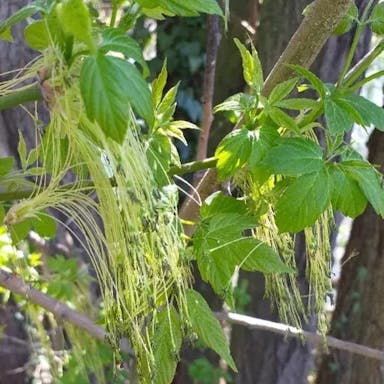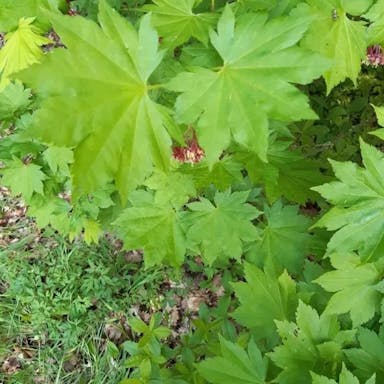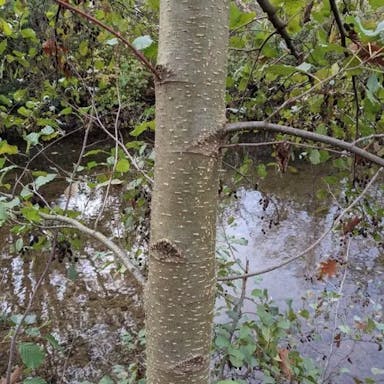Deciduous Handkerchief-tree plants by nature mature in China, renowned stunningly for one-of-a-kind and eye-catching blossoms encompassing the tree. Reaching peak heights around 20-25 meters, the plant maintains a sprawling crown atop. Opposing, plain, egg-shaped sheets having sharp tips and jagged rims characterize the verdant, springy leaves transforming yellow during fall. Most distinctively, minute, inconspicuous Handkerchief-tree flowers exist encircled by two oversized, pale handkerchief or dove mimicking bracts measuring up to 25 centimeters in length, bestowing the frequent name. Late spring or early on in summer sees the blooming of the dazzling floral presentation. The Handkerchief-tree generates petite, circular produce green early on and maturing to brown. While ornamental, the fruits remain inedible. Partial shade or full sunlight in moist, well-aerated earth characterizes ideal growing conditions for the plant, hardy within USDA zones six to eight. In Chinese society, the Handkerchief-tree symbolizes purity and elegance, frequently planted in gardens and parks for aesthetic purposes. Conventional medicine uses the plant for potential healing properties needing additional research for confirmation. For intricate details, refer to the English language Wikipedia page regarding Davidia involucrata.
0
0












